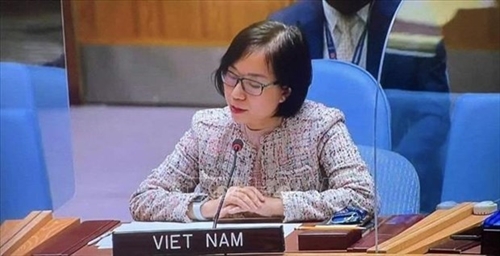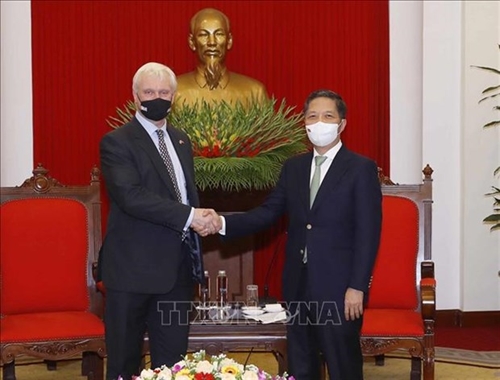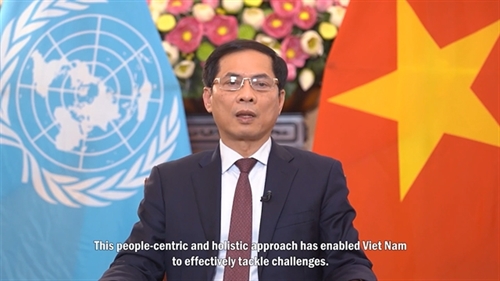Vietnam has recorded impressive achievements in health care, and the country is working hard to fulfill the target of universal health coverage (UHC) by 2030.
The Vietnamese Ministry of Health reported at a high-level meeting on UHC of the United Nations General Assembly on September 23, 2019 that a primary healthcare system has been established from central to grassroots levels in Vietnam with more than 11,000 commune health centers, most of which have at least a doctor, a nurse and a midwife working based on the model of family medical practices.
The “Tracking Universal Health Coverage: 2017 Global Monitoring Report” jointly produced by the World Health Organization (WHO) and World Bank (WB) also showed that Vietnam scored 73 out of the 100 points in service coverage delivery index, which was higher than Southeast Asia’s average of 59 and the global average of 64.
About 90 percent of the Vietnamese population is covered with health insurance and the government has subsidized fully the premiums for disadvantaged groups and those in difficult circumstances, and 70 percent of the premiums for the poor.
Being aware of the significance of primary health care, Vietnam has enforced 10 reforms to enhance the effectiveness of its healthcare system, particularly the competence of primary healthcare clinics to provide better services for both ill and healthy people.
Vietnam would soon take the lead in UHC by building a firm foundation based on primary health care, with the participation of both public and private sectors.
The WB has also commended Vietnam’s efforts to reach UHC by 2030, notably in increasing health insurance coverage, raising premium subsidies for health insurance for the near-poor and those working in the informal sector, and stepping up the communication work in this regard, among others.
According to the Vietnam Social Security (VSS), as of early 2021, the number of health insurance participants totaled 87.97 million, making up 90.05 percent of the country's population.- (VNA/VLLF)









